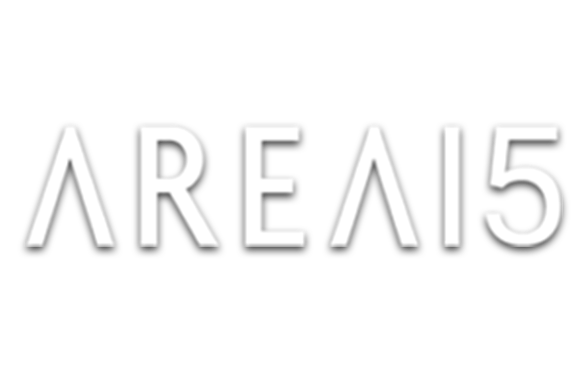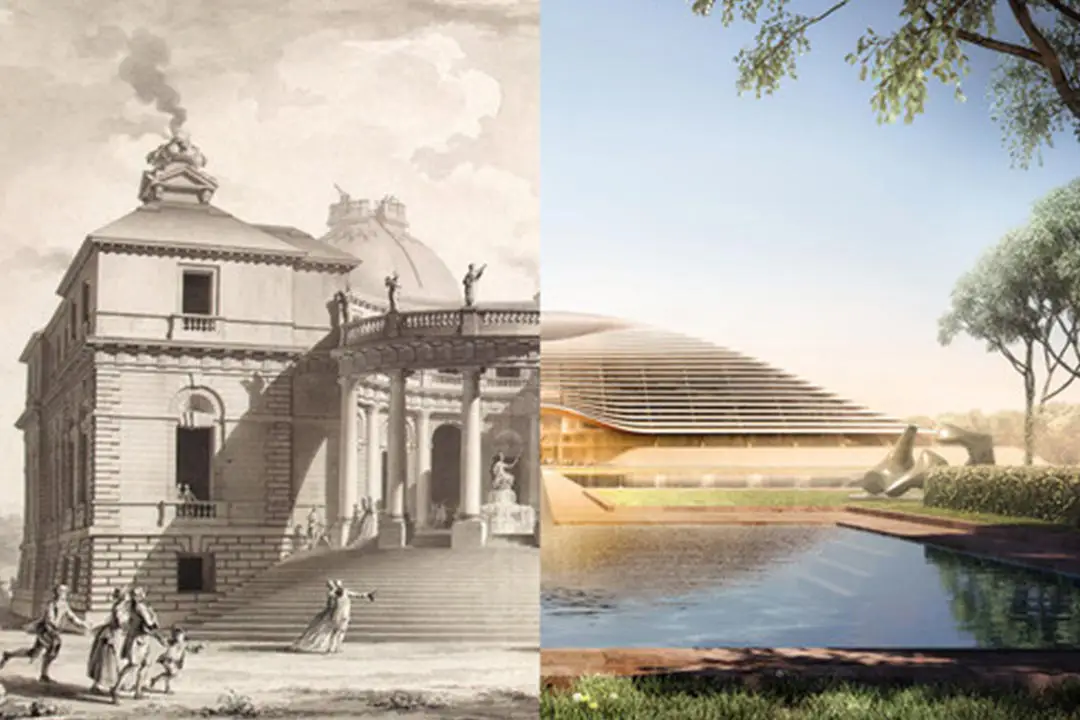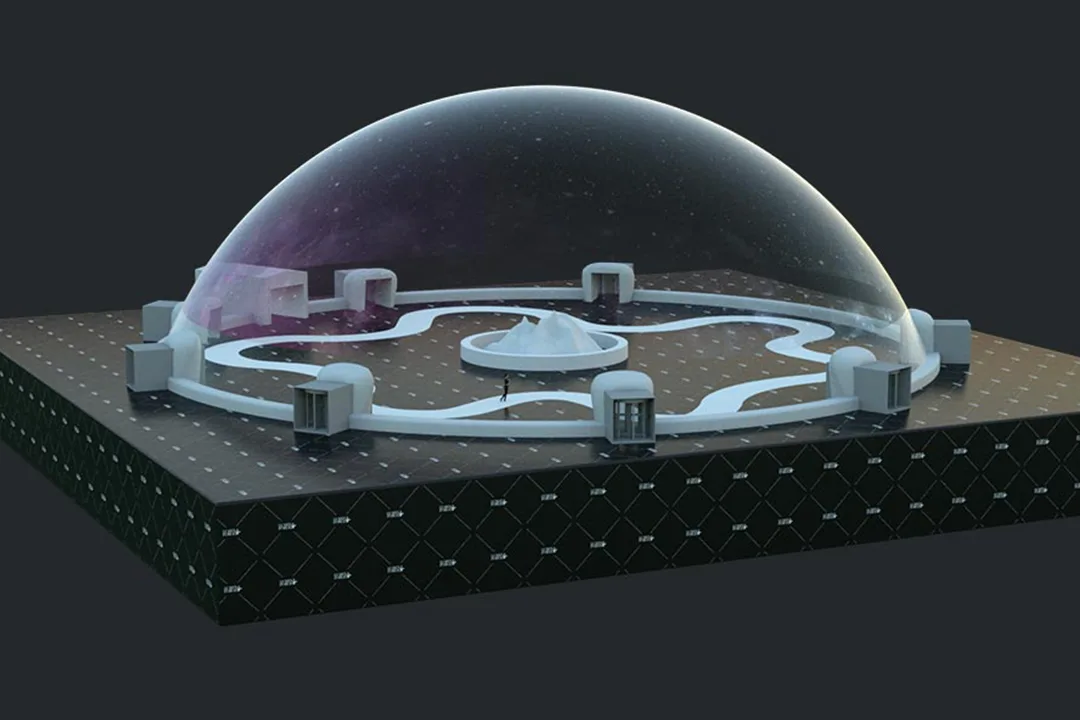The history of 3D visualization didn’t start with the advent of computer-aided design, as you may think. When in fact, this technology has evolved for over a millennia. It’s true, humans have endeavored to create three-dimensional images and sculptures throughout history. The Ancient Greeks were some of the first to develop the techniques necessary for visualization in 3D, and their work has inspired artists and engineers for generations. In recent times, three-dimensional visualization has become an essential tool for many professions. Thanks to technological advances, it is now possible to create realistic 3D models with just a few clicks of a mouse. This article provides a brief history of 3D visualization and explores its many applications.


Early History of 3D Visualization
We have all heard of Leonardo da Vinci, often cited as the ideal ‘Renaissance Man,’ a master of science and art. Vinci was a polymath and a visionary artist, with a skill set unmatched by most throughout history. His prolific work is elementary to any artist that wishes to create mathematically accurate interpretations of the real world. But Leonardo was not the only polymath of the Renaissance. Filippo Brunelleschi has every right to be acclaimed not only as a Renaissance Man but as the ‘father’ of visualization in three dimensions and design.
Born in Florence in 1377, Brunelleschi was an architect, designer, and sculptor. Now, he is now also recognized as the first modern engineer, planner, and construction Project Manager. It was the combination of all of these skills and his myriad interests that led him to successfully portray in two dimensions how our eyes perceive the three-dimensional reality in which we live. He developed the principles of linear perspective, which revolutionized art and opened the way for naturalistic portrayals of nature.
Simply put, linear perspective is an art form that illustrates the effect of an object becoming smaller as the distance to the viewer increases. Before Filippo, it was uncommon to see a realistic expression of the relative experience of distance between objects. At least in a way that was uniform throughout the image giving the observer the ability to suspend their imagination and see precisely what the creator intended.
But Brunelleschi took perspective further; it wasn’t just a technique for artists. It was a tool that could be used to create real-world architecture, to enable engineers and builders, and planners to see in two dimensions what their three-dimensional concept would look like from multiple angles. It was, in the 15th century, what 3D computer rendering and design is in 2022.
Three-dimensional Visualization in the 20th Century
Jump ahead to the 20th century and the heady early days of computing when we moved from awkward ‘Turing’ machines and vacuum tubes and began experimenting with sophisticated programming. In the early 1960s, Ivan Sutherland invented a program called ‘Sketchpad’ often nicknamed the ‘Robot Draftsman’ which revolutionized how computers were used. This changed its history forever.
Previously, computers had been, effectively, advanced calculators to perform intricate mathematics for military and scientific purposes. Sutherland, however, had the idea to use them to interactively render architectural concepts in 3 dimensions. It brought designers and artists into the active creation of these renderings.
It wasn’t just Ivan Sutherland, although he was the pioneer. Scientists, engineers, and computer experts in the field, now called CAD, for ‘Computer Aided Design,’ poured out new programs, concepts, and techniques. Other notable pioneers in the history of visualization, like Edd Catmull, who developed Z-buffering, a texture mapping software, and Martin Newell, creator of the Newell Teapot, which became the standard of 3d visuals, were just as important in pushing the industry beyond its limitations. History continued to be written when computers were taught ‘shading’ algorithms and texture mapping, which made visual concepts even more realistic.


Revolutionary Change: The Invention of the Computer
The first PCs were introduced at the beginning of the 1980s and by the 1990s. Computer modeling was more common and less expensive. Software became affordable and efficient. A dream could go from concept to 3D model in a matter of a few hours.
Free, open-source software became available to the general public for the first time, which lowered the barrier of entry for aspiring creatives and engineers. It was around this time that companies like Pixar became household names, and the visualization technology would be marked once again.
The early days were primarily dominated by big industries and governments that needed to design and build structures as well as develop military machinery in a seamless way.
Now three-dimensional visualization is done more and more for the purposes of creating art and entertainment. The video game boom of the 90s saw companies like Nintendo and Sony at the forefront of the industry, building virtual scenes and worlds and pushing the limitations of what could be done with 3d design.
“Now three-dimensional visualization is done more and more for the purposes of creating art and entertainment.”
The New Age: Modern Uses of Visualization Tools
Although the most practical use case for visualization tools is with architecture and product design, it was video games and movies that made it into the multibillion-dollar giant that it is today. Since the beginning, artists have tried to find ways to create in a 2D space what is experienced by people in 4D.
As technology develops we are finding creative ways to offer the ultimate art experience by putting on a VR headset and stepping into a work of art or a world not bound by our local laws of physics. Now you can use 3D projection mapping so people can experience what it’s like to walk around in a painting by Vincent van Gogh.
From the computer monitor to the palm of your hand, the development of practical 3D printing in the 21st century, the 2D model can become a ‘real’ object that the designer can hold and feel. This alone has changed the game for anyone wanting to invent and manufacture something new.
Visualization Tools: The Future is Now
These concepts are all so common now, and the opportunities to apply them in real-world scenarios are virtually endless. The history of 3D visualization is marked by some incredible moments in human history, and the world we live in now would not be possible without it. In the realm of 3D design, rendering, and 3D projection mapping, they have revolutionized how we celebrate, sell, explain complex concepts, and memorialize events ranging from a Bar Mitzvah to Independence Day to the introduction of a new model vehicle. With technology developers turning their sights to augmented reality (AR) and virtual reality (VR), the future holds is anyone’s guess. If you want to learn more about how you can leverage the powerful tool of 3D visualization, contact us today!


































